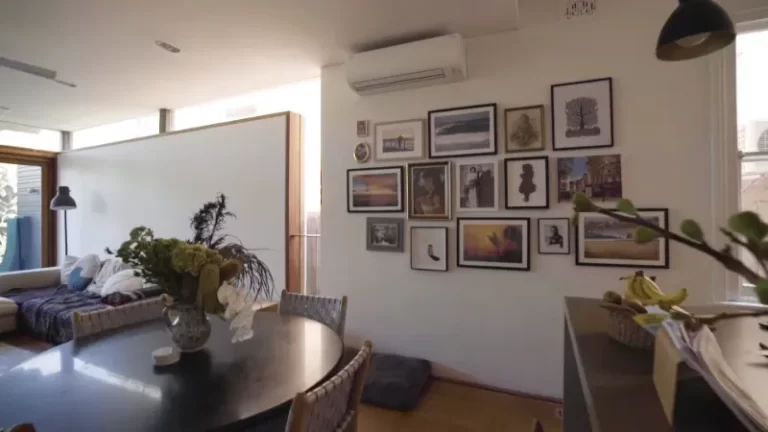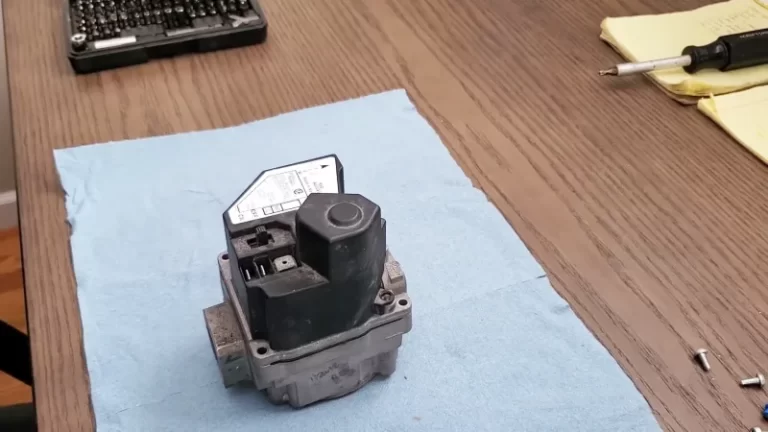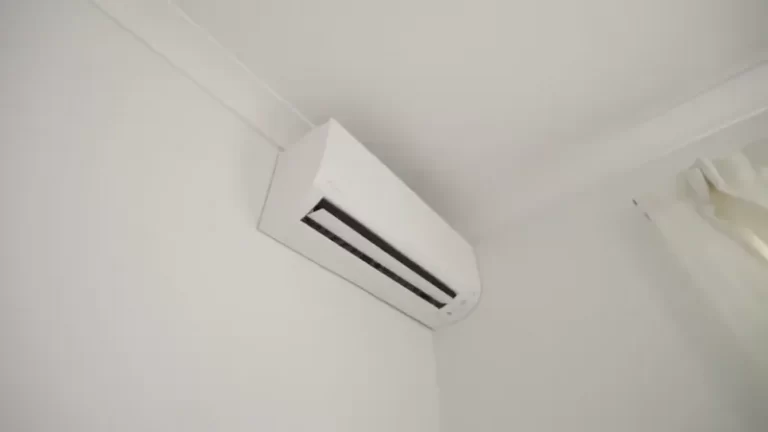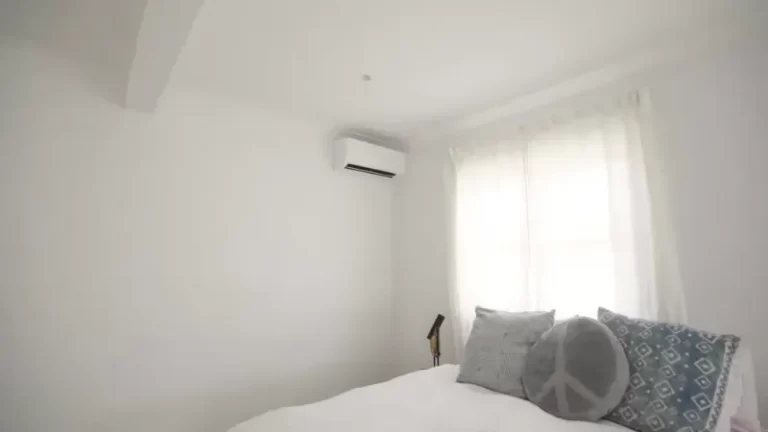How to Navigate AC Damage After Roof Installation?
You’ve just invested in a new roof, a crucial upgrade to protect your home. But in the midst of the project, you discover a new, gut-wrenching problem: your air conditioner is damaged. It’s a frustrating and all-too-common scenario that leaves homeowners feeling stressed and uncertain about what to do next.
Whether it’s a dented unit, a punctured refrigerant line, or debris clogging the system, damage caused by roofing work can lead to costly repairs and major headaches. This comprehensive guide will walk you through the essential steps to take when you find yourself in this situation, ensuring you handle it effectively and get the resolution you deserve.
You'll Learn About
Immediate Steps to Take When You Discover AC Damage
The moment you suspect your air conditioner has been damaged by a roofer, time is of the essence. Acting quickly and methodically can significantly impact the outcome. Do not touch or attempt to fix anything yourself; your priority is to document the situation and notify the responsible parties.
1. Thoroughly Document Everything
Evidence is your most powerful tool in this situation. Before you even contact the roofing company, you need to create a detailed record of the damage. Take clear, high-resolution photos and videos from multiple angles. Capture wide shots of the entire AC unit and surrounding area, as well as close-ups of every dent, scratch, or broken part.
Make sure to also document any roofing debris, tools, or materials left near the unit. Note the date and time you discovered the damage and create a written log of everything you observe. This meticulous documentation will be invaluable if a dispute arises.
2. Notify the Roofing Contractor Immediately
Once you have your evidence, contact the roofing company right away. It is crucial to do this in writing, such as through an email, in addition to any phone calls. A written record creates a formal trail of communication that can be referenced later.
In your message, clearly and calmly state the facts. Describe the damage you’ve found, mention the date of discovery, and attach the photos and videos you took. Request that they assess the damage and propose a solution for the repairs. Keep your communication professional and firm.
3. Do Not Run The Air Conditioner
If you suspect damage, especially to the refrigerant lines or internal components, do not turn on your AC system. Running a damaged unit can lead to more severe, and expensive, problems. For instance, operating the system with low refrigerant can burn out the compressor, turning a manageable repair into a complete system replacement.
Wait until a qualified HVAC professional has inspected the unit and given you the all-clear. Your immediate comfort might be compromised, but protecting your long-term investment is more important.
Understanding Liability: Who is Responsible?
In most cases, if a contractor’s work directly causes damage to your property, they are liable for the cost of repairs. Roofing companies are expected to exercise a reasonable degree of care to prevent foreseeable harm. Their failure to do so is considered negligence. This means they are generally responsible for fixing or replacing your damaged air conditioner.
Reputable roofing companies carry general liability insurance specifically for these types of incidents. This insurance is designed to cover accidental property damage that occurs during their work. When you contact the roofer, they should initiate a claim with their insurance provider to cover the costs.
What if the Roofer Denies Responsibility?
Unfortunately, not all contractors are quick to accept fault. The roofer might argue that the damage was pre-existing or that they are not liable due to clauses in your contract. This is where your thorough documentation becomes critical.
If the roofing company refuses to cooperate, your next step is to contact your homeowner’s insurance company. While they may not cover damage caused by a contractor’s poor workmanship directly, they can guide you on how to proceed and may even subrogate the claim against the roofer’s insurance on your behalf. Seeking legal advice from an attorney specializing in construction or contract law may also be necessary in contentious situations.
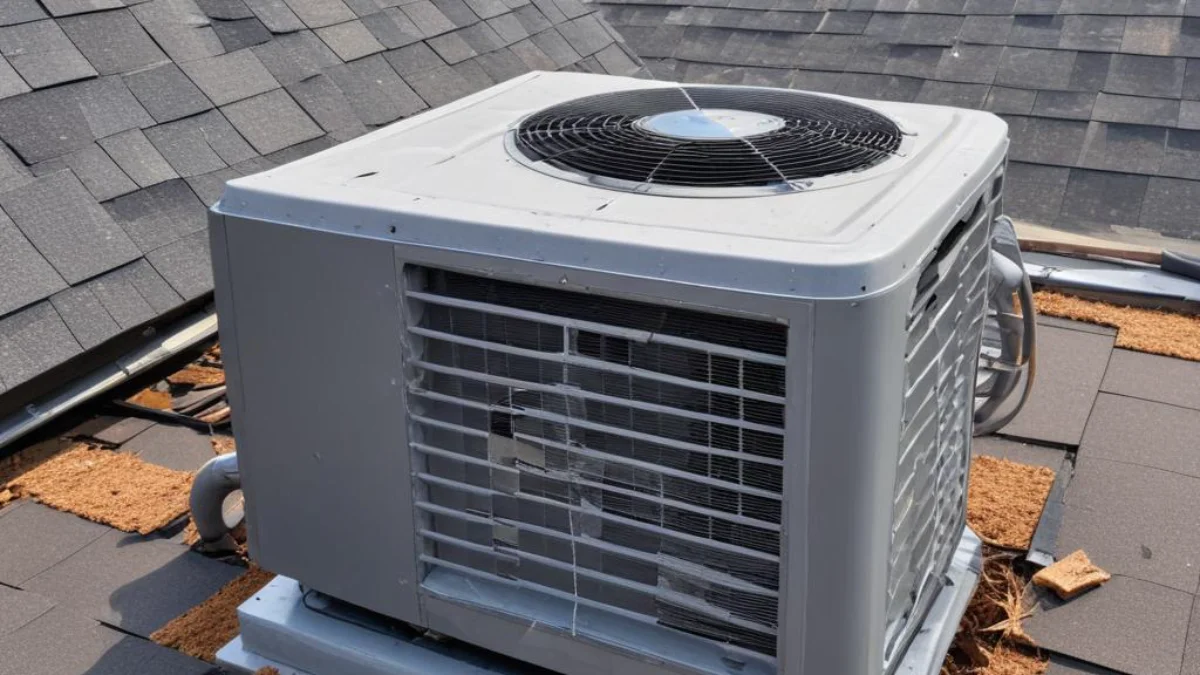
The Repair and Resolution Process
Navigating the repair process requires patience and persistence. Your goal is to have your air conditioner restored to its pre-damage condition without incurring out-of-pocket expenses. This involves getting professional assessments and negotiating with the responsible parties.
1. Get an Independent HVAC Assessment
Do not rely solely on an HVAC technician sent by the roofing company. Hire your own trusted, licensed HVAC professional to inspect the damage and provide a detailed report and repair estimate. This independent assessment will give you an unbiased understanding of the extent of the damage and the true cost of repairs.
The report should clearly state the cause of the damage, linking it to the roofing activities if possible. For instance, an HVAC technician can often identify if a roofer punctured an AC line with a nail or if debris from the roof tear-off has damaged the condenser fins.
2. Obtain Multiple Repair Estimates
To strengthen your position, get at least two to three detailed repair estimates from different reputable HVAC companies. This demonstrates that the repair costs you are seeking are reasonable and in line with industry standards. Provide these estimates to the roofing company and their insurance adjuster.
Be wary of simply accepting the lowest bid, as quality of work is paramount. Ensure the estimates detail all necessary parts and labor to bring your system back to its original state.
| Type of AC Damage | Common Cause During Roofing | Recommended Action |
|---|---|---|
| Dented Fins/Coils | Falling debris, tools, or foot traffic from roofers. | Have an HVAC technician assess if fins can be combed straight or if the coil needs replacement. |
| Punctured Refrigerant Line | Nails from roofing guns penetrating lines in the attic or near the exterior unit. | Immediate professional HVAC repair is needed to fix the leak and recharge the system. Do not run the unit. |
| Damaged Casing/Housing | Heavy objects dropped on the unit or careless handling of materials. | Obtain a quote for replacing the damaged panels to protect internal components. |
| Debris in Unit | Shingle granules, nails, and other roofing materials falling into the fan and coils. | Requires a professional cleaning to prevent restricted airflow and motor damage. |
| Electrical Wiring Damage | Accidental cutting or severing of wires connecting to the unit. | An electrician or HVAC professional must repair wiring to avoid shorts and fire hazards. |
3. Negotiating the Repair Costs
Armed with your documentation and multiple estimates, you can negotiate with the roofing company or their insurer. Be firm in your expectation that they cover the full cost of the repair from a qualified professional of your choosing. Do not agree to have the roofers perform the HVAC repairs themselves.
If you encounter resistance, remain calm and persistent. Reiterate the evidence you have collected. If negotiations stall, it may be time to file a claim with your own insurance or seek legal counsel.
Preventative Measures for Future Projects
While you can’t undo the damage that has already occurred, you can take steps to protect your property during future construction or renovation projects. Prevention is always the best strategy.
Choose Reputable Contractors
The single most important step is to thoroughly vet any contractor before hiring them. Check for valid licenses, comprehensive liability insurance, and positive customer reviews. Ask for references and verify their credentials. A professional and experienced company is less likely to cause damage and more likely to handle it responsibly if an accident occurs.
Review Your Contract Carefully
Before any work begins, carefully read the contract. Ensure it includes a clause that clearly states the contractor’s responsibility for any damage to your property during the project. Do not sign a contract with clauses that waive the contractor’s liability for negligence.
Protect Your Property Before Work Starts
Take proactive steps to safeguard vulnerable parts of your home. Before roofers arrive, take “before” pictures of your property, including the AC unit, siding, windows, and landscaping. Discuss your concerns with the project manager and ask them what protective measures they will take, such as covering the air conditioner with a breathable tarp to shield it from debris.
Understanding potential risks is also key. For example, an attic open to the elements during roofing work can pose risks beyond just AC lines. Similarly, be aware of how other systems, like your AC drain pipe, could be impacted by workers in the area.
Your Final Action Plan
Discovering that a roofer has damaged your air conditioner is incredibly frustrating, but it’s a problem you can overcome with a calm and systematic approach. Remember to document everything immediately, communicate professionally and in writing, and get independent expert opinions.
By following these steps, you can hold the responsible party accountable and ensure your home’s essential systems are restored correctly. While the process may test your patience, taking charge of the situation is the best way to protect your property and your peace of mind.

